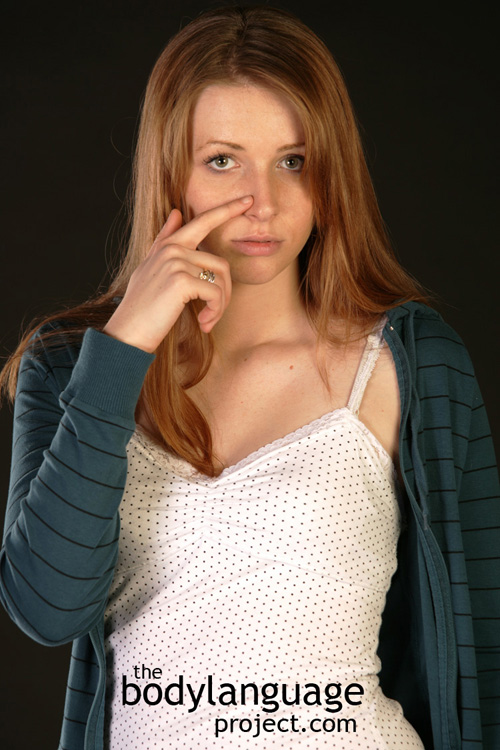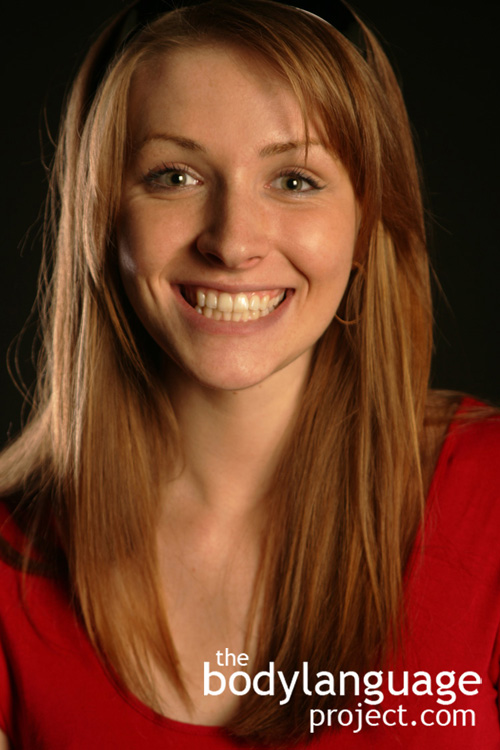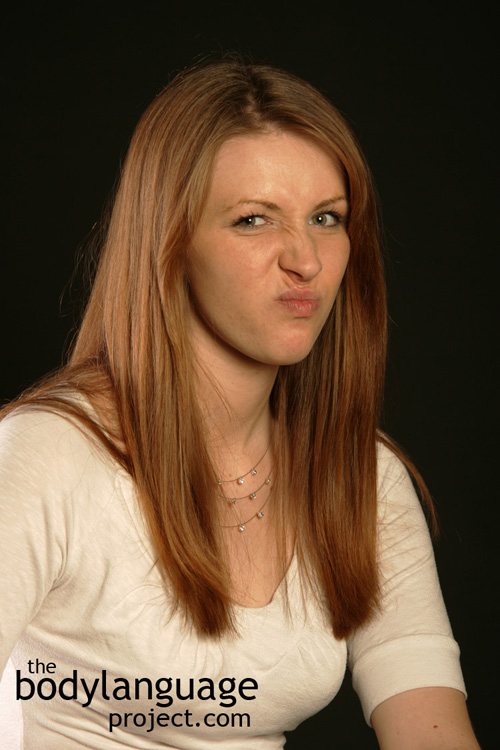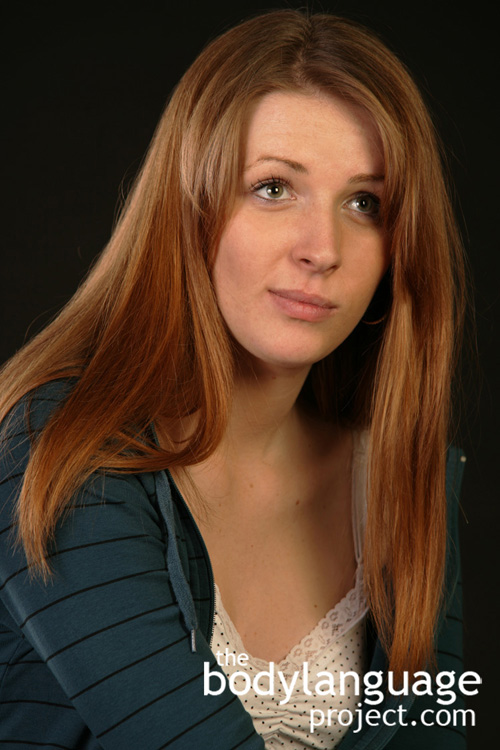Most researchers agree that the following six emotions are recognized by all cultures: happiness or enjoyment, distress or sadness, anger, disgust, surprise and fear. However, positions the body takes on to demonstrate these emotions vary across cultures. Since every person on the planet regardless of race or creed has the same underlying emotions and our body language is tied to our feelings, it follows that every person’s nonverbal language has similar roots, but like verbal language we don’t express ourselves exactly the same. Paul Ekman from the University of California has done extensive research into facial emotion recognition and has found just that, everyone across the planet is almost the same.
Happiness, sadness, and disgust had the best agreement between cultures, whereas fear and surprise tended to be confused, especially by the Japanese. Another rural population, the Dani people of West Iran, who are generally isolated from the rest of the world, showed a similar confusion between fear and surprise. Surprise is read as a straight upward lift of the forehead whereas fear engages the muscles between the brows folding them. The French call the area between the brows, the “grief muscle” and is active to express both pain, as well as when you wish to inflict it. The fearful face carries a momentary raise in the upper eyelids and a grimace comes across the mouth. Anger appears with a lowering of the eyebrows, flaring of the eyes and a tightening of the mouth or jaw. Fear, grief and surprise in addition to other facial expressions can quickly flash across the face in the form of micro expressions. Being aware of them can rouse opponents and in poker indicate ‘tells.’ As people check their hidden cards, be sure to watch for split second reactions.
Members of the Fore linguistic-cultural group of the South East Highlands of New Guinea whom had never seen movies, who did not speak English and had never worked with a Caucasians before were also able to read facial expressions accurately. Studies show that even blind children score similarly to sighted children in terms of facial expressions. Further research by Paul Ekman showed that a contempt expression was also none culturally specific and was recognized by Estonians, Germans, Greeks, Hongkongese, Italians, Japanese, Scotts, Turks, Americans and West Sumatrans. Ekman traveled to a remote population in the mountains of Papua New Guinea where there is no television, DVDs or movies yet found that facial expressions remain universally understood. Once there he filmed the expressions of the population and found that upon his return were also understood by Westerners.
With very little exception, facial expressions are universally recognized. What does differ from culture to culture is our surroundings; our habitat and traditions. Greater differences therefore lie in our territoriality, level of eye contact, and touching norms. These factors tie back into the density in which we reside, and also into our comfort tolerances and preferences due to our upbringing. Gestures are mostly learned and passed from one person to another and are thus not universal across cultures. Gestures are more similar to verbal language. Because language and gestures are transferred over time they also evolve.





